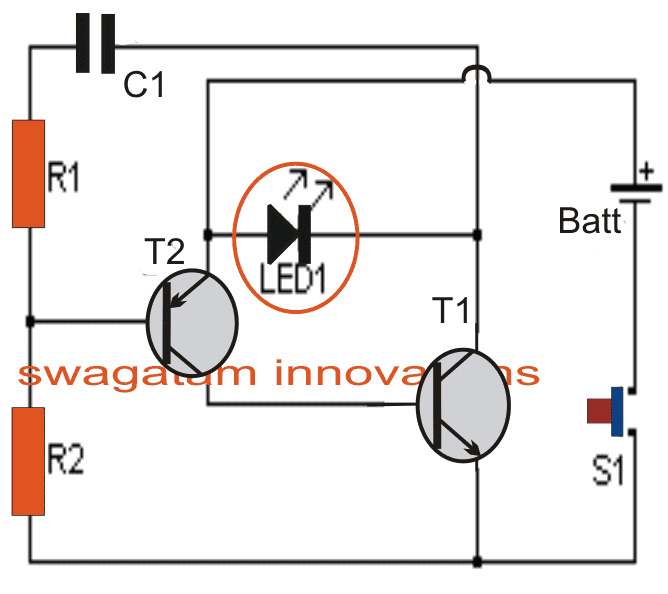In this article I have explained a model locomotive controller circuit using uniquely set IR beams for different locomotives allowing unique identification signals and controls for the engines. The idea was requested by Mr. Henrik.
Technical Specifications
Thank you very much for all your circuits / schematics. I will for sure build many of them.
For my model train I would like you to help me out finding a way to identify the locomotives parsing a point. All the locomotives are equipped with a digital decoder.
The system is Märklin Digital. Since we (my son and I) have a quite large model train track (100 sq. meters) with more than 50 digital locomotives. I have developed a Windows based software system to help us run the system.
That was the easy part.
In order for my software to stop a train at the train station it is necessary to know an ID of the train. I was thinking about maybe RF Tags but how to read the Tag?
We have a lot of tracks so therefor I can’t use the ordinary RF Tag reader. So maybe RF Tags is not the right approach to this. Maybe a unique Infrared signal could be used. The only thing I need is a unique number / signal for each locomotive.
I can design the software to mach this number to the locomotive. The max. distance from the locomotive to the reader would be about 5 cm.
Please continue the good work you do. It is very helpful when experts like you help us rookies.
Best regards,
Henrik Lauridsen
The Design
For acquiring a precision signal IDs for an application such as the above, a simple LM 567 IC circuit becomes extremely handy.
As may be witnessed below, the first circuit forms the precision IR receiver unit while the next one functions as the IR transmitter circuit
R2/R3/C2 sets the receiver unit with a unique frequency such that the IC LM567 responds only to this frequency across its pin#3 via the IR photo diode BP104. It implies that the circuit will not respond to any other frequency other than the one determined by the corresponding RC network across its pin#5,6.
On detection of this frequency, the IC grasps and latches on to the signal creating an immediate low at its output pin#8, which is appropriately used for triggering a monostable made out of the IC 555.
The monostable responds to this turning ON its output at pin3 and activating the relay.
The above activation is held intact for a predetermined time period even after the input IR frequency is removed, as fixed with R9/C5.
The transmitter circuit shown in the next diagram is supposed to be used for triggering the receiver unit, and therefore must be tuned to a frequency matching the set frequency of the receiver unit.
For achieving the intended frequency R1/C1 may be tweaked until the exact desired signal is reached and is compatible with the Rx frequency.
Alternatively a standard IC 555 astable may be also tried for implementing the Tx functioning.
The Circuit Diagram

